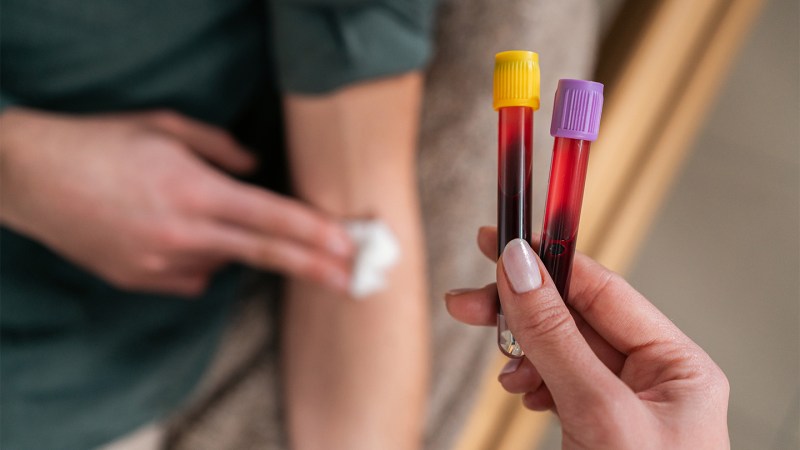
When bloodstream infections set in, fast treatment is crucial — but it can take several days to identify the bacteria responsible. A new, rapid-diagnosis sepsis test could cut down on the wait, reducing testing time from as much as a few days to about 13 hours by cutting out a lengthy blood culturing step, researchers report July 24 in Nature.
“They are pushing the limits of rapid diagnostics for bloodstream infections,” says Pak Kin Wong, a biomedical engineer at Penn State who was not involved in the research. “They are driving toward a direction that will dramatically improve the clinical management of bloodstream infections and sepsis.”
Sepsis — an immune system overreaction to an infection — is a life-threatening condition that strikes nearly 2 million people per year in the United States, killing more than 250,000 (SN: 5/18/08). The condition can also progress to septic shock, a steep drop in blood pressure that damages the kidneys, lungs, liver and other organs. It can be caused by a broad range of different bacteria, making species identification key for personalized treatment of each patient.
In conventional sepsis testing, the blood collected from the patient must first go through a daylong blood culturing step to grow more bacteria for detection. The sample then goes through a second culture for purification before undergoing testing to find the best treatment. During the two to three days required for testing, patients are placed on broad-spectrum antibiotics — a blunt tool designed to stave off a mystery infection that’s better treated by targeted antibiotics after figuring out the specific bacteria causing the infection.
Nanoengineer Tae Hyun Kim and colleagues found a way around the initial 24-hour blood culture.
The workaround starts by injecting a blood sample with nanoparticles decorated with a peptide designed to bind to a wide range of blood-borne pathogens. Magnets then pull out the nanoparticles, and the bound pathogens come with them. Those bacteria are sent directly to the pure culture. Thanks to this binding and sorting process, the bacteria can grow faster without extraneous components in the sample, like blood cells and the previously given broad-spectrum antibiotics, says Kim, of Seoul National University in South Korea.
Cutting out the initial blood culturing step also relies on a new imaging algorithm, Kim says. To test bacteria’s susceptibility to antibiotics, both are placed in the same environment, and scientists observe if and how the antibiotics stunt the bacteria’s growth or kill them. The team’s image detection algorithm can detect subtler changes than the human eye can. So it can identify the species and antibiotic susceptibility with far fewer bacteria cells than the conventional method, thereby reducing the need for long culture times to produce larger colonies.
Though the new method shows promise, Wong says, any new test carries a risk of false negatives, missing bacteria that are actually present in the bloodstream. That in turn can lead to not treating an active infection, and “undertreatment of bloodstream infection can be fatal,” he says. “While the classical blood culture technique is extremely slow, it is very effective in avoiding false negatives.”
Following their laboratory-based experiments, Kim and colleagues tested their new method clinically, running it in parallel with conventional sepsis testing on 190 hospital patients with suspected infections. The testing obtained a 100 percent match on correct bacterial species identification, the team reports. Though more clinical tests are needed, these accuracy results are encouraging so far, Kim says.
The team is continuing to refine their design in hopes of developing a fully automated sepsis blood test that can quickly produce results, even when hospital laboratories are closed overnight. “We really wanted to commercialize this and really make it happen so that we could make impacts to the patients,” Kim says.
#Lifesaving #sepsis #testing #hours #days #method
Image Source : www.sciencenews.org